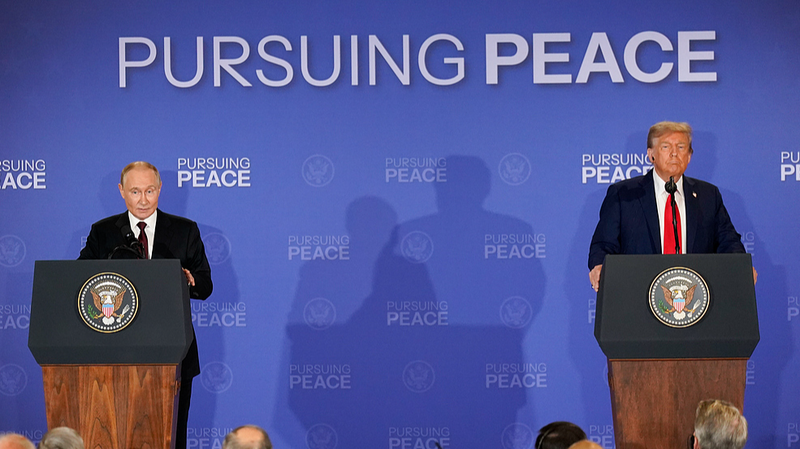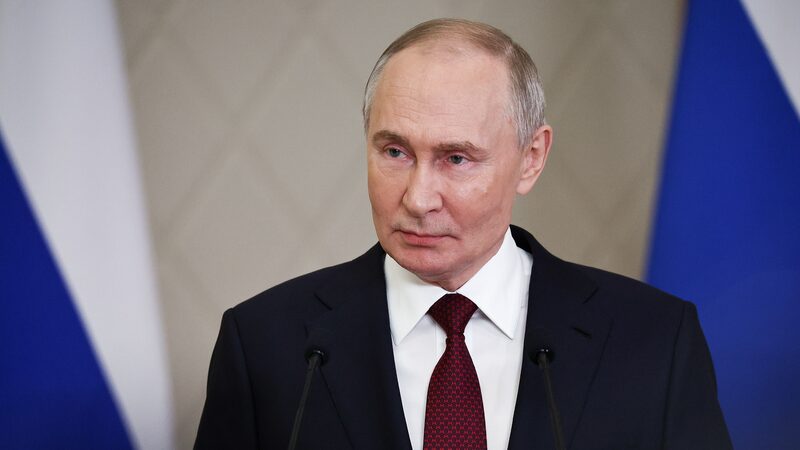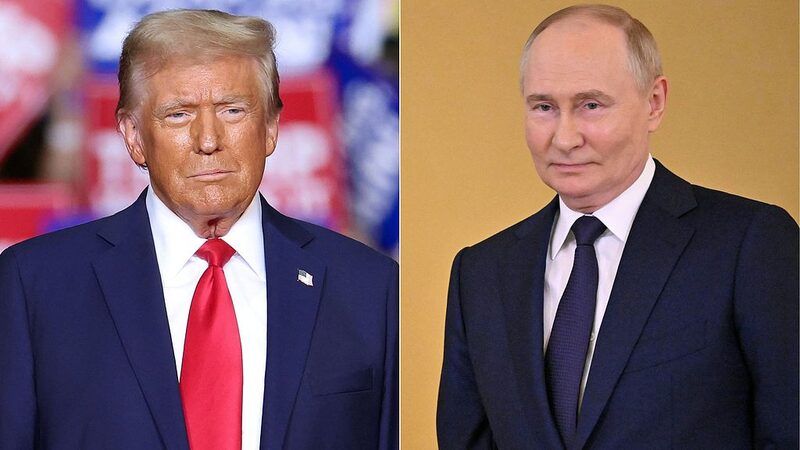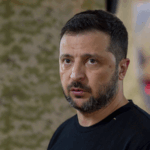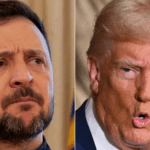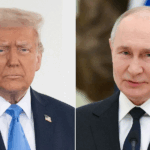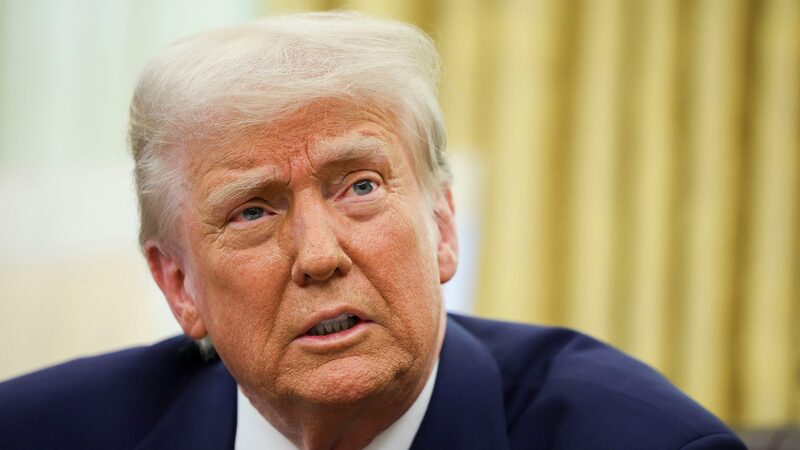U.S. President Donald Trump has pivoted from advocating a Ukraine ceasefire to pursuing a comprehensive peace agreement, marking a significant policy shift following inconclusive talks with Russian President Vladimir Putin in Alaska. The move has drawn mixed reactions from European allies and Kyiv, with Ukrainian President Volodymyr Zelenskyy calling it a "new development" that "complicates the situation."
Summit Outcomes and Strategic Shift
Trump announced the policy change via his Truth Social platform after returning from Alaska, stating that peace agreements offer more durable solutions than temporary ceasefires. This reversal comes despite earlier European consensus supporting an immediate cessation of hostilities. Zelenskyy, set to visit Washington this week, expressed skepticism about Moscow's willingness to honor long-term commitments.
Putin's Territorial Demands
Sources familiar with negotiations reveal Putin proposed full Russian control of Ukraine's Donetsk and Luhansk regions (collectively Donbas) in exchange for freezing military operations in Kherson and Zaporizhzhia. Kyiv rejected the proposal, with one official stating: "The Ukrainian president refused to leave Donbas."
Security Guarantees and Global Implications
Trump pledged U.S. security assurances to Ukraine, described by German Chancellor Friedrich Merz as "significant progress" in transatlantic cooperation. While details remain unclear, sources suggest these guarantees might resemble—but remain separate from—NATO's collective defense framework. Analysts note the development raises questions about Russia's unexpected openness to U.S.-backed security measures.
As diplomatic efforts intensify, global markets are monitoring potential impacts on energy supplies and regional stability. The situation remains fluid, with Zelenskyy emphasizing: "If Moscow lacks the will to stop strikes, peaceful coexistence will require unprecedented effort."
Reference(s):
Trump drops Ukraine ceasefire demand, pushes for full peace deal
cgtn.com
